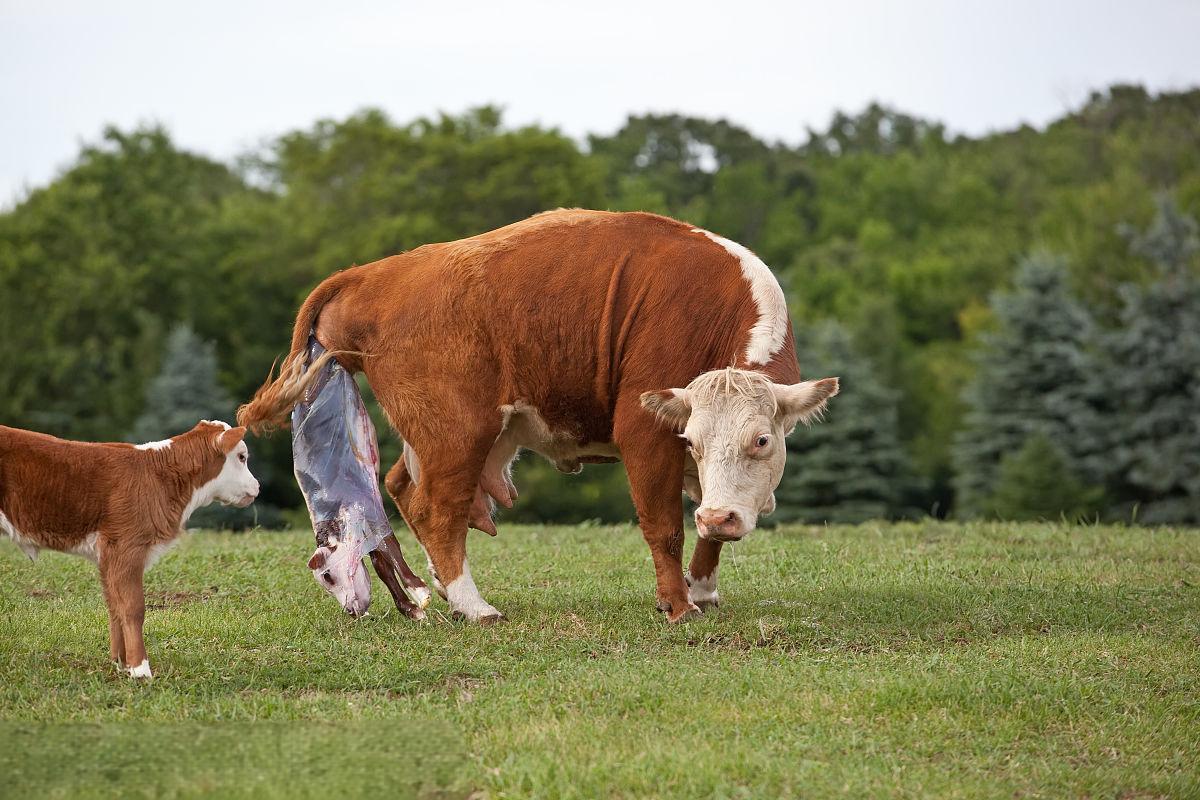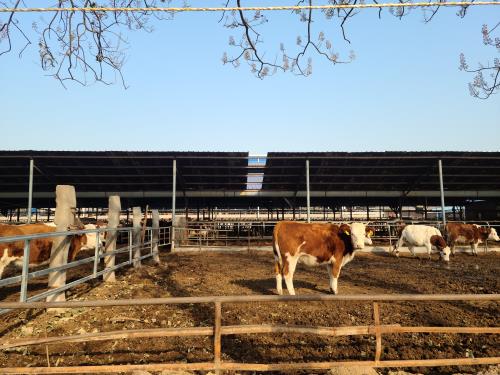Respiratory diseases in cattle are currently one of the important diseases affecting the development of the cattle industry. Hemolytic Brucella, Pasteurella multocida, Streptococcus suis, and Mycoplasma bovis have been considered the main pathogens causing respiratory diseases in cattle. Hemolytic Brucella is the most commonly isolated pathogen in clinical cases. Analyze the causative factors of respiratory diseases in calves, providing some reference for the prevention and treatment of respiratory diseases in calves in the future. When diagnosing its disease, it is necessary to use imported cattle ultrasound to assist in the examination of its disease.

Clinical symptoms: The latent period of respiratory disease in calves is 3-5 days. At the beginning of the disease, calves have mild cough, difficulty breathing, and a temperature increase of 0.5 ℃; 2-3 days after the onset of symptoms, coughing worsens, breathing difficulties become severe, body temperature rises to 41 ℃, appetite decreases, water intake increases, and stool is scarce and dry. It is necessary to observe the heart inside the chest cavity of imported cattle using ultrasound. The course of the disease is generally 15-30 days. If left untreated, it can lead to death or stiff cattle, losing their feeding value.
In terms of treatment and disease management, intramuscular injection of kanamycin (15mg/kg body weight) or neomycin (4mg/kg body weight) is administered, and for calves with high respiratory distress, 3-5ml of nicotinamide is injected. Until the illness disappears. At the same time, injecting 1 ml/kg body weight with immune repair serum in combination, and repeating the injection once every 24 hours, showed significant effects. Both the recovery and healing outcomes are better than other groups, and it is worth trying to use in future treatments. In addition, during the treatment of the disease, it is necessary to pay attention to balancing the water and salt metabolism in the diseased animal's body and take targeted treatment measures. After treatment, use imported cattle to observe the function of the heart with B-ultrasound to see if it is normal.









